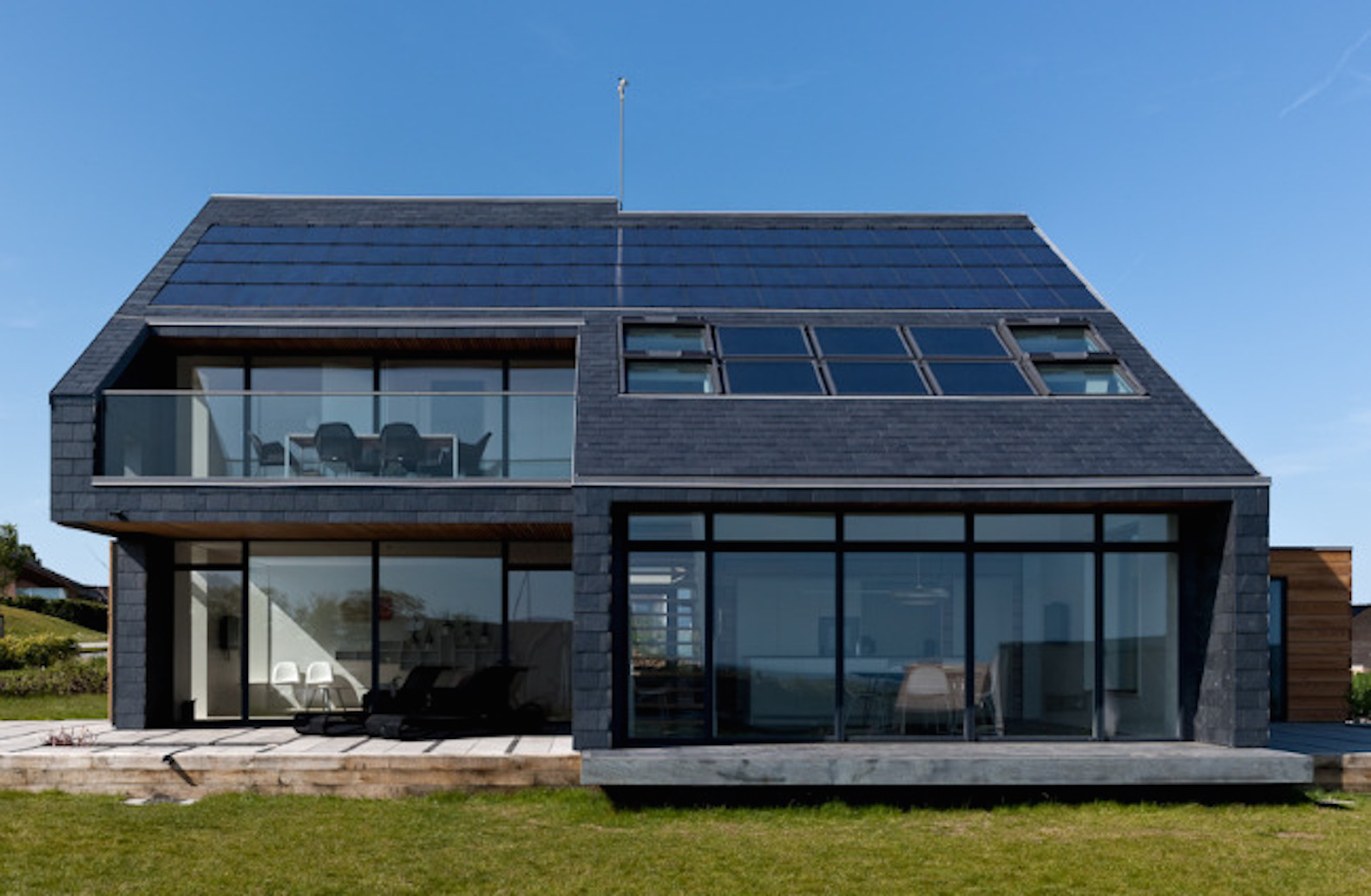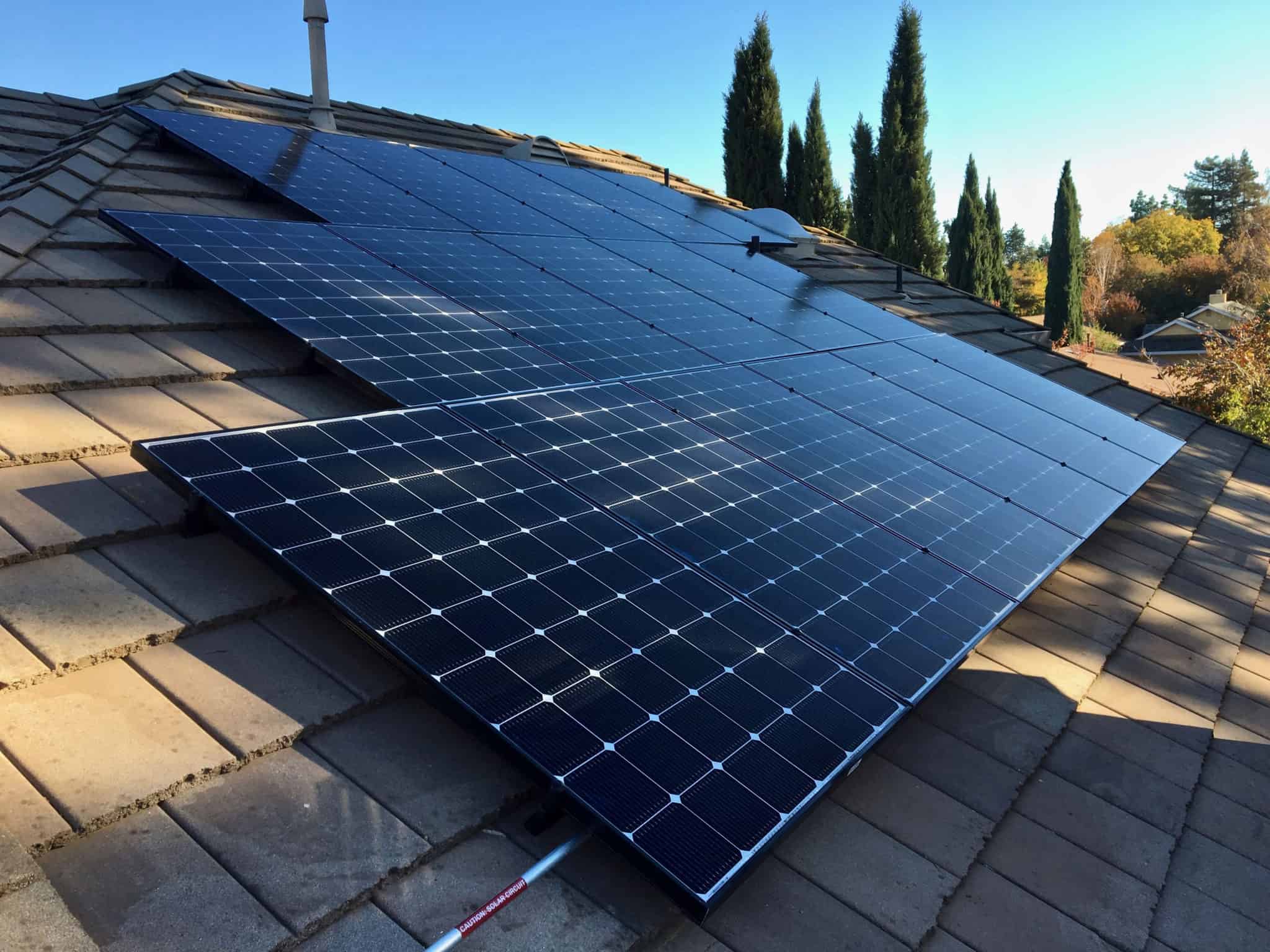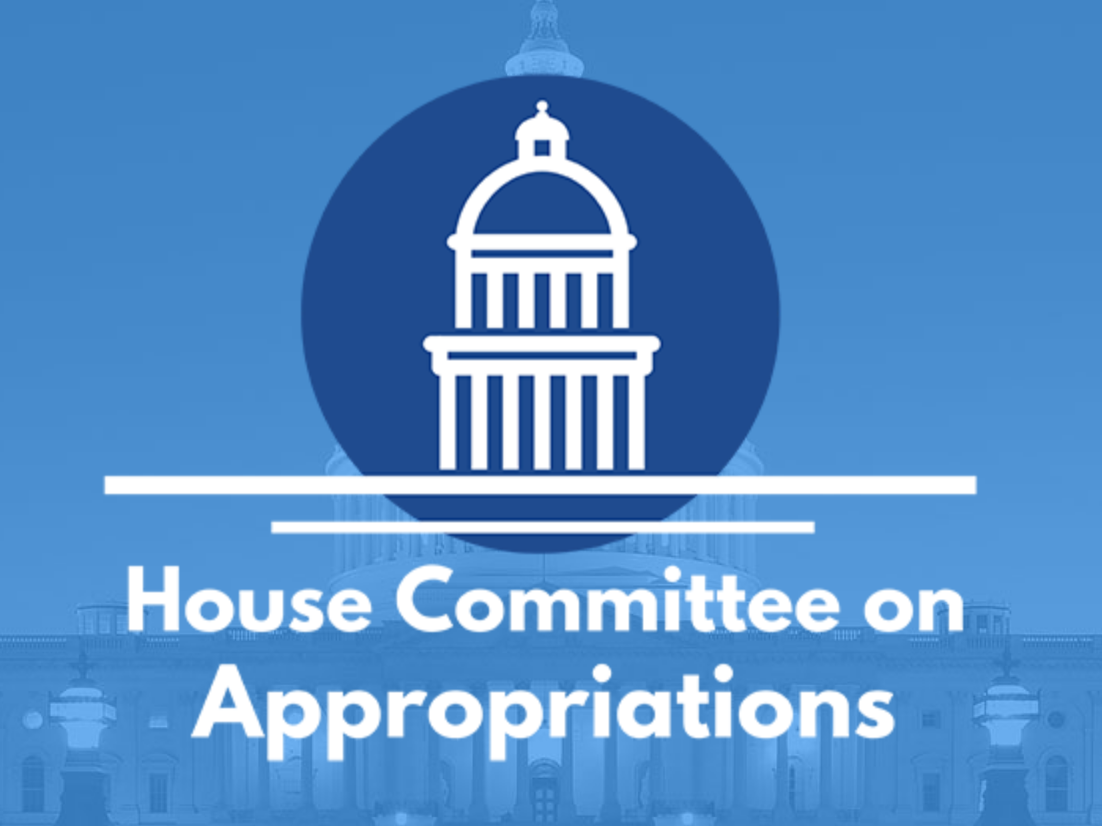Table Of Content
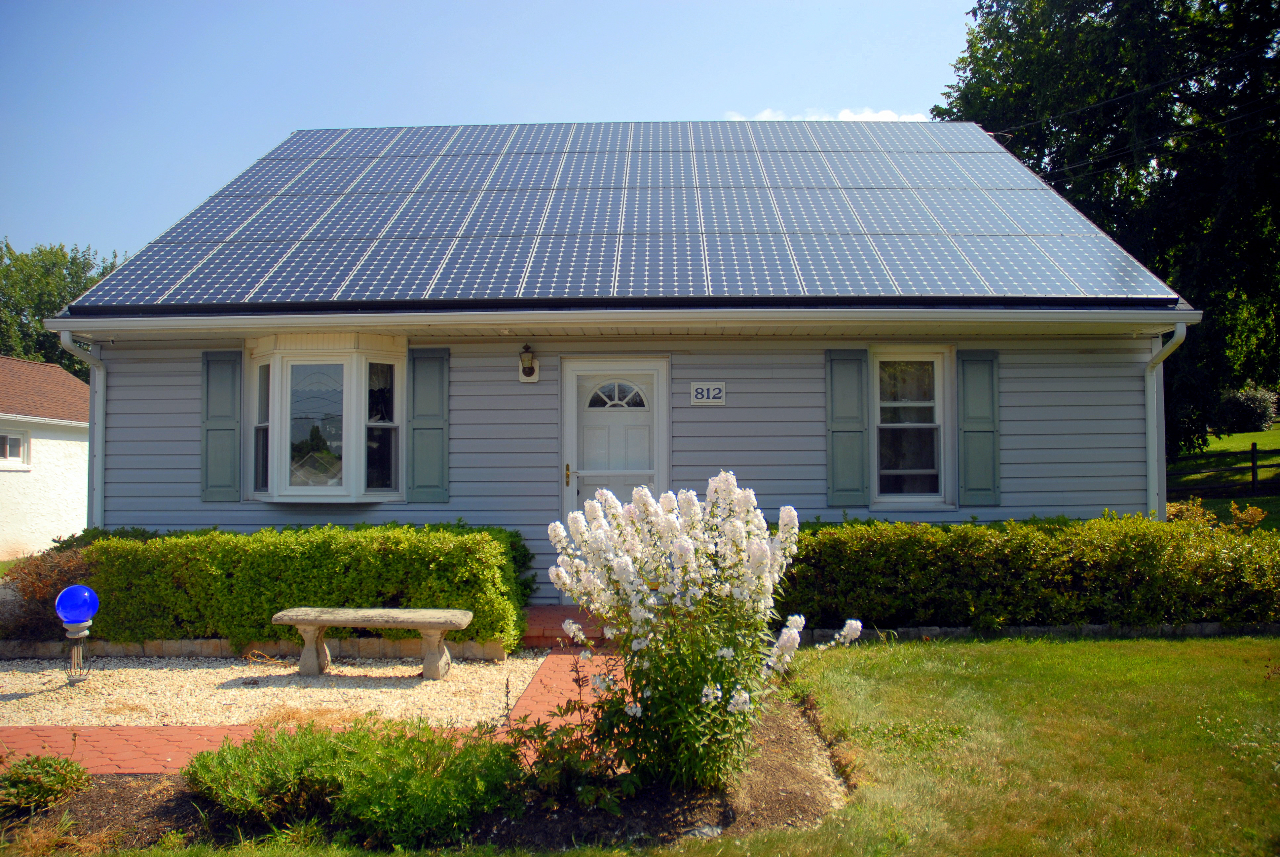
The average cost for polycrystalline solar panels ranges from $0.90 to $1.50 per watt. Both polycrystalline and monocrystalline solar panels are photovoltaic (PV) solar panels. Unlike monocrystalline cells, however, the polycrystalline variety is comprised of fragmented silicon crystals cut into wafer-like shapes.
REC Group
Those might not be the panels that come out on top of our list or those of any other publications. We left price out of our scoring methodology because it's hard to find reliable numbers, but it's likely to be a consideration for you. While there are differences among solar panels, experts have told me that finding the best installer is likely more important than getting the very best equipment. The best solar panels for you are the ones that fit your energy goals and budget. Remi, a dedicated advocate for clean energy, specializes in finding innovative ways to help everyone embrace solar and reduce their carbon footprint. He served as the Vice-Chair of the Photovoltaic and Solar Electric Technical Division at the American Solar Energy Society from 2020 to 2021 and currently curates their Solar@Work biweekly newsletter.
How Do Wind and Humidity Affect Solar Panel Efficiency?
The Solar Energy Industries Association® (SEIA) is leading the transformation to a clean energy economy, creating the framework for solar to achieve 30% of U.S. electricity generation by 2030. Founded in 1974, SEIA is the national trade association for the solar and solar + storage industries, building a comprehensive vision for the Solar+ Decade through research, education and advocacy. Visit SEIA online at and follow @SEIA on Twitter, LinkedIn and Instagram. You can reach out to local solar providers, which could be solar installers, solar nonprofit organizations and even utility companies themselves. Make sure that the community solar organization works with your local utility company.
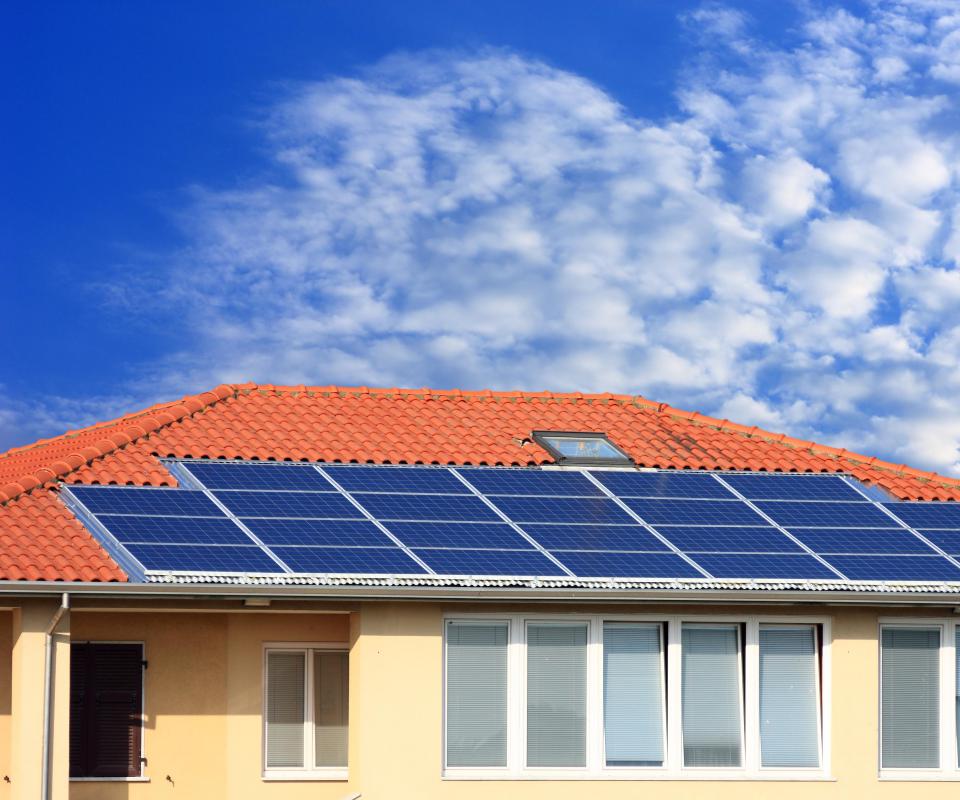
Silfab Solar: Best solar panel warranty
Leave about 5 linear feet of wall space near your electrical service panel for the inverter (and solar meter, if needed). That way you won’t need to stick it on the outside of your house, and you’ll have space for a battery in the future. Other than passive solar, which takes advantage of sunshine on the roof or coming through windows to warm the house, the first solar technology was solar hot water. Also, because the panels are all linked together, system performance is drastically compromised if they receive differing amounts of light, either because of partial shade or if a panel goes bad. And the high-power DC wiring that comes down from the roof needs to be encased in a heavy-duty aluminum conduit. Induction cooktops are seeing a drastic increase in market share, and several cities have banned new residential natural-gas hookups altogether.
Solar Panel Costs in Los Angeles
Shoppers on the EnergySage Marketplace typically break even in about eight years. Remember that your costs and savings will ultimately depend on several factors, including where you live, how much you spend on electricity, and your home setup. In addition to incentives, be sure to explore all of the available solar financing options. Every situation is different, and what is best for your property depends on a wide range of factors.

Solar Leases or Power Purchase Agreements (PPA)
Systems with optimized string inverters still convert electricity via a central inverter, but like microinverters, power optimizers maximize the output of each panel to mitigate the impact of shading. A key difference is that they don't allow for panel-level monitoring. SolarEdge offers the most popular optimized string inverters on EnergySage. You can also monitor the output of each solar panel, which can help you diagnose any potential issues with your system.
How Much Energy Does a Solar Panel Produce?
If your home doesn't get enough sunlight or your energy bills are already pretty low, solar panels might not be for you. On average, it takes about eight years to break even on the cost of installing solar panels, but this can range from about six to 10 years. Once you’ve figured this out, you’ll be better equipped to choose the best solar company for your home and price range. Solar companies offer different warranties on their products and services, but you can find some common themes among the most prominent companies. For example, most solar companies and vendors offer 25-year warranties for solar panel performance and factory defects.
What Trump's Presidency Means for the Solar Industry
The amount of sunlight depends on your location, climate, topography and shade coverage. Catherine is the Written Content Manager at SolarReviews, where she has been at the forefront of researching and reporting on the solar industry for five years. She leads a dynamic team in producing informative and engaging content on residential solar to help homeowners make informed decisions about investing in solar panels.
Are "Free Solar Panels" Really Free? - EnergySage Blog
Are "Free Solar Panels" Really Free?.
Posted: Tue, 23 Apr 2024 16:26:01 GMT [source]
If the original installer is no longer in business, find out the manufacturer of the solar panels and inverter(s) in the system. You can contact certified local installers to ask if they are familiar with the specific make and if they can inspect the system. All solar panels meet international inspection and testing standards, and a qualified installer will install them to meet local building, fire, and electrical codes. Also, your solar energy system will undergo a thorough inspection from a certified electrician as part of the installation process. Storage refers to energy storage, most often in the form of batteries.
Some even last up to 50 years, but efficiency goes down by about 0.8% each year. You can choose to replace them sooner if you want to maintain a higher amount of energy production. The Federal Solar Investment Tax Credit (ITC) is a noteworthy initiative to encourage the adoption of solar energy systems while simultaneously encouraging environmental responsibility. This tax credit not only provides substantial financial incentives but also plays a pivotal role in advancing California’s goal of sustainability. It's no secret that solar panels are more prevalent in the Sun Belt than in other parts of the country, but they're still an excellent investment if you live in the Northeast or Midwest.
According to a recent report by Solar Energy Industries Association (SEIA), the U.S. installed 2.1 GW of solar capacity in Q2. If you’re looking to go solar at home, chances are you’re going to put those panels up on your roof. Our parent company, Electrum, was founded with the purpose of combating solar scams and bringing transparency to the market. Solar.com simplifies the process, cuts out the noise, and leads to additional savings (as verified by the US Department of Energy).
Beyond that, the company also places long and impressive output warranties on its solar panels which is why we awarded it the best warranty option. We think it’s a great choice for those who value the peace of mind that their solar system components are covered should anything go wrong. Expect 92% output after 25 years and nearly 91% output 15 years after that. Note that prices are higher than many competitors and selection is limited.
Ask about the type of inverter and when it was installed or last replaced. DOE created the Homeowner's Guide to the Federal Tax Credit for Solar Photovoltaics to provide an overview of the federal investment tax credit for those interested in residential solar photovoltaics, or PV. It does not constitute professional tax advice or other professional financial guidance. And it should not be used as the only source of information when making purchasing decisions, investment decisions, or tax decisions, or when executing other binding agreements.
These solar panels also utilize photovoltaic materials, only most thin-film cells use amorphous silicon, which isn’t crystalline. Thin-film solar panels are cheaper to produce and use readily available materials, making them better for the environment. As you’re budgeting for a solar panel system, you may come across three types of solar panels. Each one can come with its own price tag, so consider the following price differences before you choose. When it comes down to it, many companies today are producing extremely high-quality solar panels that will reliably make energy for decades to come.
If the house you're interested in has a leased solar energy system, the current homeowner sends a monthly payment to the company that installed the panels. Reviewing the original lease contract to understand the deal is always a good idea. The federal investment tax credit (ITC) is today's best solar incentive. Unlike a tax deduction (which reduces your taxable income), the ITC allows you to apply 30% of your solar system's upfront cost as a credit toward your federal tax bill.
As electricity passes through the inverter gateway, the data is reported to a monitoring software that can be viewed on your phone or computer. If solar is starting to sound like a good investment, then it’s time to familiarize yourself with some of the equipment. Electricity is an essential cost, and you’re going to pay for it one way or another.
